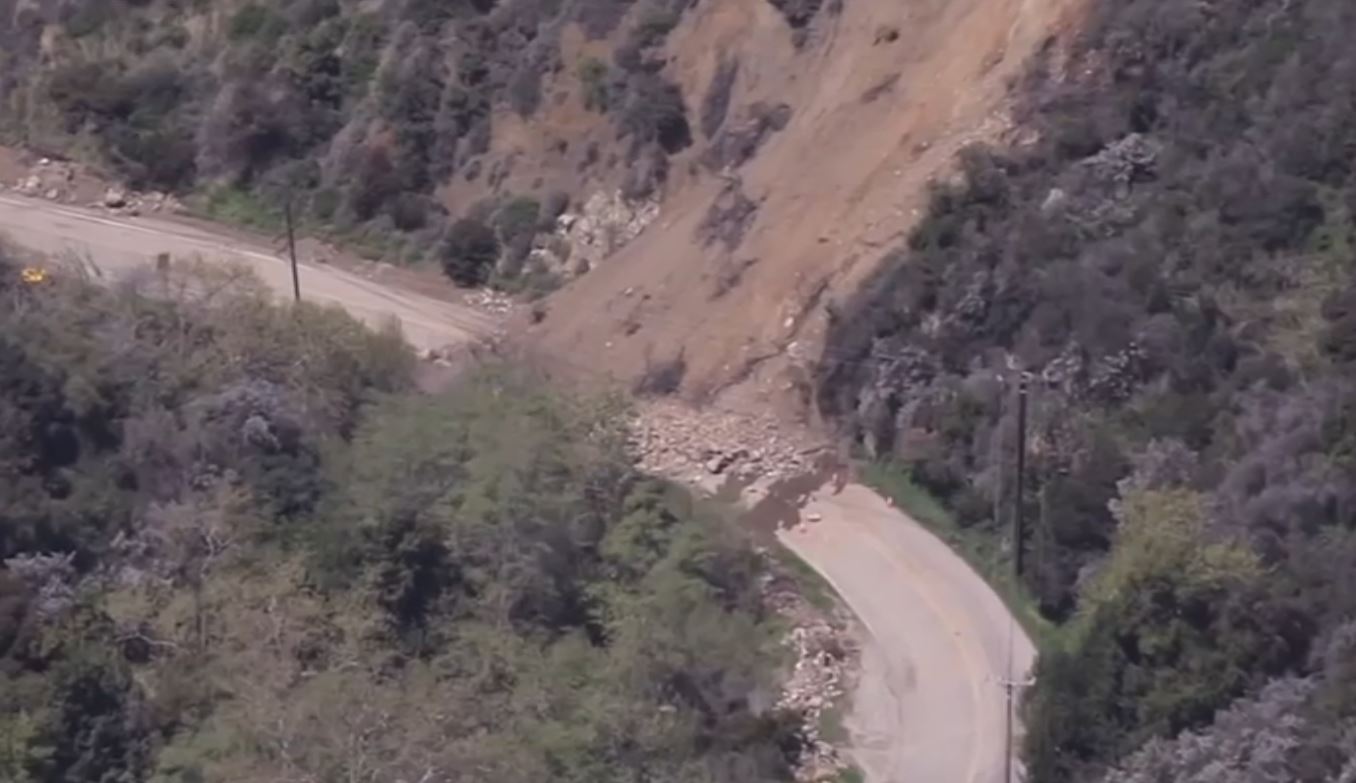Controversy has resurfaced over a major southland water district's pending purchase of a handful of islands in the San Francisco Bay Delta.
The islands have strategic importance for a proposed multi-billion project to re-do the heart of the massive plumbing system that delivers water from Northern California snowmelt to the Southern half of the state.
The islands are "critical" to proceeding with construction of two tunnels that would transport water beneath the Delta, according to Randy Record, board chairman of the Metropolitan Water District of Southern California, which is now in escrow to purchase the five islands for $175 million.
However, the tunnel project has yet to be finalized, and the MWD Board has yet to vote formally to support it.
Opponents of the tunnel plan and some board members believe the District is moving forward too quickly with the purchase.
"Buying the land before the project is approved is wrong, and should be illegal," said Brenna Norton of the environmental advocacy group Food & Water Watch.
Norton suggested the $175 million would be better spent on water conservation or recycling.
News
Top news of the day
At Tuesday's MWD meeting, a motion was made to pull out of the current 60-day escrow.
"It does feel we're being pressed into this decision quickly without adequate discussion," said Mark Gold, one of the City of Los Angeles representatives on the MWD Board.
MWD General Manager Jeffrey Kightlinger responded that 60 days is longer than some previous escrows for district acquisitions. He said the opportunity to acquire the islands arose last September.
The board defeated the motion, allowing the purchase to proceed. Escrow is scheduled to close in June, Kightlinger said.
The tunnels -- key ingredient in a plan the state calls California WaterFix -- would replace the current pumping system which pulls freshwater out of the delta and into the California aqueduct. The pumping has environmental consequences on certain species, including the threatened delta smelt, and that has resulted in limits on how much the pumps can operate. What's more, it's feared the aging network of earthen levees that date back more than a century could fail in a significant earthquake.
In normal years, snowmelt provides as much as 30 percent of California's water use, the state's Natural Rescources Agency estimates. The aqueduct supplies agriculture with water for irrigation, and what is delivered south of the Tehachapi Mountains is received and distributed by the MWD. As the Southland's largest water importer and wholesaler, it also distributes water from the Colorado River to its 26 member cities and districts, including Los Angeles.
Shortcomings in using the delta as a water switching yard were anticipated even before the state water project opened, and four decades ago, during his first terms as governor, Jerry Brown backed a proposal to route freshwater around the delta in what was to be known as a periferal canal.
That proposal was defeated.
In 2012, shortly after returning to the governorship, Brown and the US Interior Dept. unveiled the twin tunnel plan. The federal Central Valley Project for agricultural irrigation also relies on transporting water through the Delta.
During the drought, aqueduct water deliveries to the south were slashed. But after this past winter brought near-normal snowpack levels to the Sierra, the state Department of Water Resources has increased allocations to 60 percent of baseline. This means the MWD should receive as much aqueduct water this year as during the last three years combined.
At Tuesday's Board meeting, MWD members restated its policy calling for consumer conservation, but at the same time approved rescinding the 15 percent allocation cut imposed last year on member agencies, and also eliminated penalties for exceeding allocation.
It is expected some member agencies will take additional water to put into storage. Others will be able to reduce reliance on groundwater. But MWD does not specifically require such district conservation.
"I think that sends a mixed message," said Conner Everts, facilitator of the Environmental Water Caucus.
Kightlinger acknowledged that he expects conservation will lessen somewhat.
"We think people will still conserve, just not as dramatically as they have," Kightlinger said, projecting that conservation rates near 25 percent will drop into the long-term goal in the 15-to-20 percent range.



